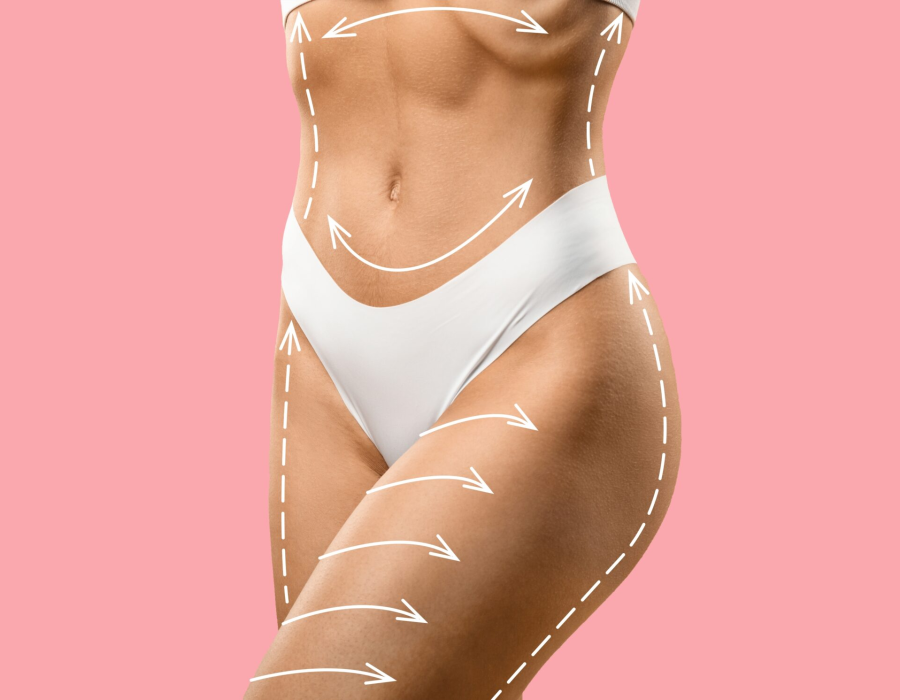Liposuction is a popular cosmetic procedure designed to remove stubborn fat deposits and improve body contours. In Dubai, a leading hub for advanced medical treatments, patients have access to various liposuction techniques, including traditional and laser-assisted liposuction. Understanding the differences between these techniques can help you make an informed decision about which is best for your needs. This guide provides a comprehensive comparison of traditional Liposuction in Dubai and laser liposuction.
Traditional Liposuction
Traditional liposuction, also known as suction-assisted lipectomy, has been a standard method for fat removal for decades. Here’s what you need to know about this technique:
- Procedure: Traditional liposuction involves making small incisions in the target area. A thin, hollow tube called a cannula is inserted through these incisions to suction out fat. The cannula is moved back and forth to break up the fat cells before they are removed.
- Effectiveness: This technique effectively removes significant amounts of fat and can treat various body areas, including the abdomen, thighs, arms, and back.
- Recovery: Recovery from traditional liposuction may involve swelling, bruising, and discomfort. Patients typically wear compression garments to support healing and reduce swelling.
- Risks and Complications: Potential risks include infection, uneven fat removal, and prolonged swelling. As with any surgery, there is also a risk of bleeding and adverse reactions to anesthesia.
Laser Liposuction
Laser liposuction, or laser-assisted liposuction, is a more recent development in fat removal technology. This technique utilizes laser energy to aid in fat removal. Here’s a closer look:
- Procedure: During laser liposuction, a laser fiber is inserted through a small incision. The laser energy targets and liquefies fat cells, making them easier to remove through a cannula. The laser also helps to tighten the skin in the treated area.
- Effectiveness: Laser liposuction is effective for smaller fat deposits and areas where skin tightening is desired. It is often used for contouring smaller body areas such as the chin, arms, and knees.
- Recovery: Recovery from laser liposuction is generally quicker compared to traditional liposuction. Patients may experience less swelling and bruising. However, compression garments are still used to support healing.
- Risks and Complications: Risks include burns from the laser, uneven fat removal, and potential for skin irregularities. As with any surgical procedure, there are risks associated with anesthesia and post-operative care.
Comparison of Traditional and Laser Liposuction
Here’s a comparison of traditional and laser liposuction based on several key factors:
- Fat Removal:
- Traditional Liposuction: More effective for removing larger volumes of fat.
- Laser Liposuction: Best suited for smaller fat deposits and offers additional skin tightening benefits.
- Pain and Discomfort:
- Traditional Liposuction: May involve more pain and discomfort due to the mechanical nature of fat removal.
- Laser Liposuction: Typically results in less post-operative pain and discomfort, as the laser helps to break down fat more gently.
- Recovery Time:
- Traditional Liposuction: Generally requires a longer recovery period with more swelling and bruising.
- Laser Liposuction: Shorter recovery time with less swelling and bruising, though individual experiences may vary.
- Skin Tightening:
- Traditional Liposuction: May not offer significant skin tightening benefits.
- Laser Liposuction: The laser energy helps to stimulate collagen production, which can improve skin tightness in the treated area.
- Cost:
- Traditional Liposuction: Typically less expensive compared to laser liposuction.
- Laser Liposuction: Generally more costly due to the advanced technology and additional benefits.
Choosing the Right Technique
Selecting the right liposuction technique depends on your specific goals, body type, and the areas you wish to treat:
- Traditional Liposuction: Ideal for individuals seeking to remove larger volumes of fat from multiple areas and are prepared for a potentially longer recovery period.
- Laser Liposuction: Suitable for those looking for more precise fat removal with added skin tightening benefits and a shorter recovery time.
Consultation with a Surgeon
To determine the best option for you:
- Consult a Board-Certified Surgeon: Schedule a consultation with a board-certified plastic surgeon experienced in both traditional and laser liposuction. Discuss your goals, concerns, and medical history.
- Evaluate Options: The surgeon will assess your body type and discuss the benefits and limitations of each technique. They will recommend the most appropriate method based on your individual needs.
FAQs
Q: How do I decide between traditional and laser liposuction? A: Consult with a qualified plastic surgeon who can evaluate your specific needs, body type, and goals to recommend the most suitable technique.
Q: Is laser liposuction more effective than traditional liposuction? A: Laser liposuction is effective for smaller fat deposits and provides additional skin tightening benefits. Traditional liposuction is generally better for larger volumes of fat removal.
Q: What is the recovery time for each technique? A: Laser liposuction usually offers a shorter recovery time with less swelling and bruising compared to traditional liposuction.
Q: Are there any risks associated with laser liposuction? A: Risks include potential burns from the laser, uneven fat removal, and skin irregularities. As with any procedure, discuss risks with your surgeon.
Q: How much does each technique cost? A: Traditional liposuction is typically less expensive than laser liposuction due to the advanced technology used in the latter.
Conclusion
Both traditional and laser liposuction offer effective solutions for fat removal and body contouring, but they have distinct advantages and considerations. By understanding the differences between these techniques, you can make an informed decision that aligns with your goals and preferences. Consult with a qualified plastic surgeon in Dubai to discuss your options and determine the best approach for achieving your desired results.





Comments